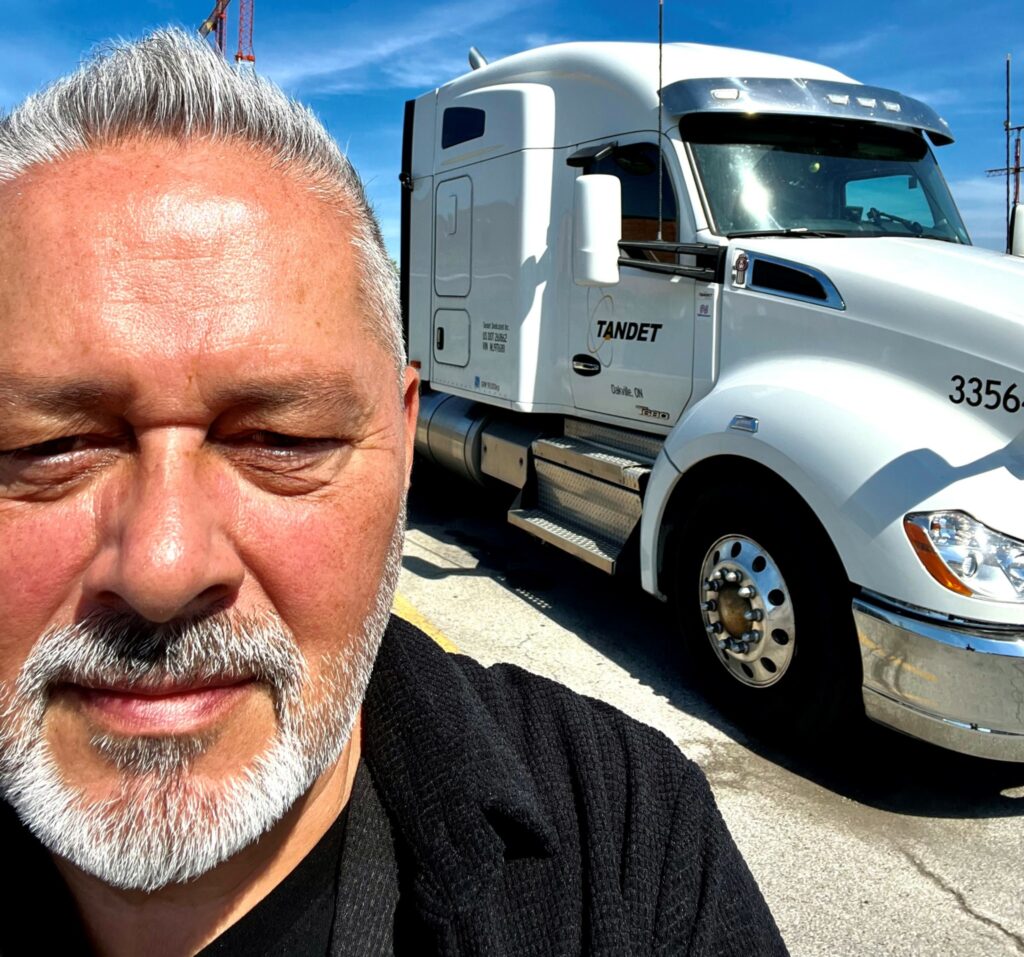Tandet Group’s commitment to safety is an ongoing journey
It’s relatively easy for a fleet to say it’s committed to safety. The word is anchored in mission statements, marketing collateral, and fleet graphics throughout the trucking industry. Sometimes it’s meaningful. Other times you find it painted on collision wreckage at the side of the road.
Tandet Group counts itself among operations that illustrate how safety can be a guiding force behind business decisions at every level.
The Ontario-headquartered operation is often recognized as a safety leader among peers in the highly regulated tanker sector. In 2019, the National Tank Truck Carriers recognized it as the safest North American fleet running under 15 million miles (24 million km) per year. The fleet has held the top spot in its mileage category 10 times since 2005. When it collected the 2021 Northbridge Insurance Fleet Safety Award this summer, staff learned they had already secured the 2022 honor for the Ontario region and were once again in the running for the national award.
There are lessons to be learned in the award-winning approach.

‘Trying to get better all the time’
Mark Napier, director – safety services, stresses that safety begins at the top. “Ownership breathes it, and believes it, and supports it completely. That allows everybody else to get on board with the culture and the programs that we offer,” he told me in a wide-ranging discussion about the fleet’s safety culture.
But safety is treated more like a journey than a destination. “We’re trying to get better all the time,” he explained. Comprehensive hiring processes, training, mentoring, and technologies such as video-based telematics and Isaac scorecards all combine to refine the driving experience.
Job candidates will experience that commitment long before being hired. The fleet’s comprehensive road tests can last three hours. The first hour is spent on pre-trip inspections, when candidates need to explain what they’re doing and why. “If they don’t get through that stage, they don’t even get to the road test,” Napier said. Once behind the wheel they need to offer an ongoing commentary about surrounding hazards and actions.
By that point they would already have connected with their future manager, safety coordinator, and safety representatives – all reinforcing key messages about safety, proper pre-trips, and fitness-for-duty standards.
Formal onboarding processes build on all that, and even those continue to be refined. Typical paperwork will soon be completed using a TruckRight system, committing classroom time to actual learning needs. “We’re going to have someone in class for the day. I think we should be teaching them something valuable,” Napier said. Online CarriersEdge training modules build on that.
Mentors and monitors
In the first few months on the job, new drivers are also supported by mentors who are available by phone to provide reassurance or guidance about things like offloading practices. Nobody is truly alone. Even when they’re on the open road.
Video-based telematics systems serve as ever-watchful co-pilots for new and veteran drivers alike. Should someone be involved in a critical event like speeding or hard braking, a 30-second video clip is generated and delivered to safety coordinators as teachable moments. “We like to try to get in touch with the driver as soon as possible, while the event is still in someone’s memory,” Napier said. “Calling someone three weeks after rolling a stop sign is not going to help much because they’re not going to remember it.”
But safety benefits are also realized through steps designed with operational needs like better fuel economy in mind. “Drivers who are scoring well on the [Isaac] driver scorecard are also by nature generating fewer critical events. They’re not having on-road problems. They’re not backing into stationary objects,” Napier said.
“How hard they accelerate is a factor [in safety]. How much they coast is a factor. To avoid harsh braking, you have to look further ahead. You come off the accelerator, and you’re smoother with your accelerating and your decelerating because you’re always looking further ahead to avoid harsh braking and potential hazardous situations.”
There are still times when the universe conspires against truck drivers, of course. Occasional hard-braking events are to be expected. Drivers can do everything in their power to leave six car lengths in front of their trucks, only to see other motorists use the gaps as a merge lane and slam on the brakes.
But if a driver falls short of fleet benchmarks more often than they should, commitments to resolve the issue also involve more than shipping personnel off to a training course and checking some boxes on a form. Final scores are only one of the measures. Napier follows up with trainers to ensure the employees demonstrated a good attitude, were engaged, and tried everything asked of them.
“I need to see some consistent commitment to trying to improve,” he said.
Because true commitments to safety are a journey.
Have your say
This is a moderated forum. Comments will no longer be published unless they are accompanied by a first and last name and a verifiable email address. (Today's Trucking will not publish or share the email address.) Profane language and content deemed to be libelous, racist, or threatening in nature will not be published under any circumstances.